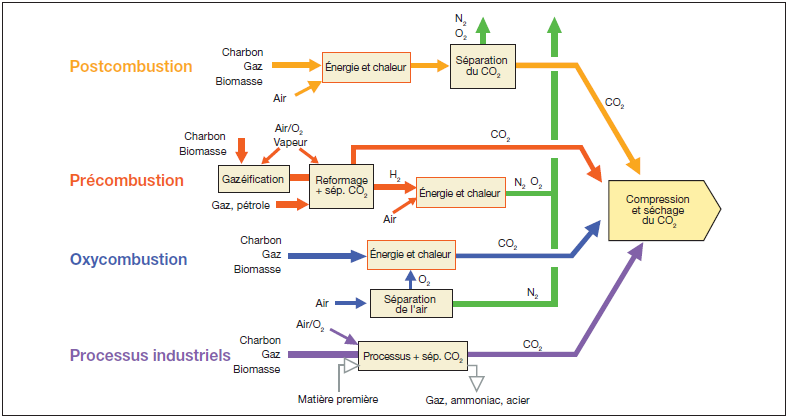-
 Titania
Titania
-
 Waste-to-energy
Waste-to-energy
-
 Local
Local
-
 Key splitting
Key splitting
-
 PEFC
PEFC
-
 Legionella
Legionella
-
 Calcium
Calcium
-
 Tunnel effect
Tunnel effect
-
 Chondroma
Chondroma
-
 Mauritius parakeet
Mauritius parakeet
-
 Ribosome
Ribosome
-
 Electroencephalograph
Electroencephalograph
-
 Concomitant
Concomitant
-
 Multiple access
Multiple access
-
 COP
COP
-
 Crystal symmetry
Crystal symmetry
-
 Pubescent
Pubescent
-
 Homo sapiens
Homo sapiens
-
 Mandible
Mandible
-
 Viscoplasticity
Viscoplasticity
-
 Sympatry
Sympatry
-
 Soyuz
Soyuz
-
 Carrot
Carrot
-
 Gas planet
Gas planet
-
 Water Framework Directive
Water Framework Directive
-
 Pyrites
Pyrites
-
 Sunyaev-Zel'dovich effect
Sunyaev-Zel'dovich effect
-
 Claudication
Claudication
-
 Spermaceti
Spermaceti
-
 Tomography
Tomography
Pre-combustion separation of CO2
The pre-combustion separation of CO2 is one of the techniques used for capturing and sequestering CO2. This process consists in treating fuels (oil, coal...) upstream of their combustion.
Principle of pre-combustion separation of CO2
These fuels are first gasified in a reactor exposed to air, water vapour or pure oxygen, in order to produce a syngas composed of carbon monoxide (CO) and dihydrogen (H2).
This syngas then passes through a conversion reactor where it is exposed to water vapour. The carbon monoxide reacts with the water (H2O) and produces carbon dioxide (CO2) and more hydrogen (H2).
The pressure and concentration of the carbon dioxide (from 15 % to 60 % dry volume) then facilitates the separation of CO2 and hydrogen. The concentrated CO2 can then be sequestered.
Advantages and disadvantages ofpre-combustion separation
This process is more complex and more expensive than post-combustion separation, but it produces a more concentrated gas under high pressure, which makes separation easier. It is generally applied in cycle power stations combined with incorporated gasification.
 A diagram showing different processes for the industrial capture of CO2, including pre-combustion separation (in red). © Giec 2005
A diagram showing different processes for the industrial capture of CO2, including pre-combustion separation (in red). © Giec 2005
Latest
Fill out my online form.



